Construction of
ARMA Padded Contact-Swords
*Note: The ARMA no longer relies on nor actively utilizes actively padded contact-weapons in its curricula.
For safe, serious, unarmored or armored
free-sparring this new design offers even greater performance
in simulating the use of real blades. As with our prior contact-sparring
swords, realistic handling along with close to accurate weight
and balance is the entire goal. This second generation discernable-edge contact-weapon is without question the most realistic simulator
for cutting swords we have ever used. While just as safe as
previous designs they are much faster and allow for cleaner
strikes while actually having even more padding at the point
of impact. As they are much thinner than prior ARMA contact-weapons
they also have less wind resistance and it is easier to determine
when edge blows and cuts have been made properly. Unlike earlier
contact-weapons, their flat sides require much less padding
and this allows for superior blade control and action. It
is even easier to make correct parries, beats, binds, and
to distinguish flat hits. This design is also easier to construct
and to balance than previous models.
|
| Basic construction consists of
a simple solid core of 2 oak slats taped together (DO NOT GLUE THEM), with a thin aluminum
bar running approximately 80% the length of the blade on the blade (each of these are
obtainable at most hardware stores). One aluminum bar is placed on one
side and then a shorter section of aluminum bar (approximately one-quarter of the
blade length depending upon desired weight) is placed on the other side along
the ricasso and handle (actual position depends upon the desired balance
sought). The padded edges are strips of high-impact foam glued onto the wood core
with strips of thin leather then glued onto them. The entire weapon is wrapped in duct
tape and covered with a canvas or thick cloth cover. |
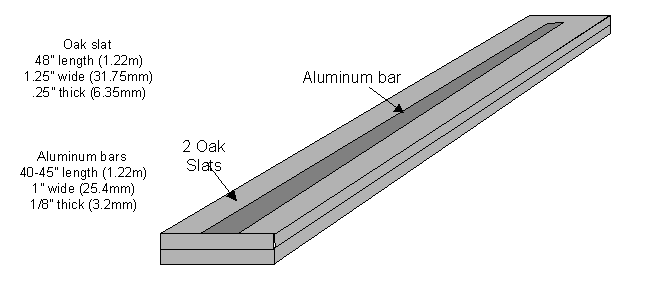
|
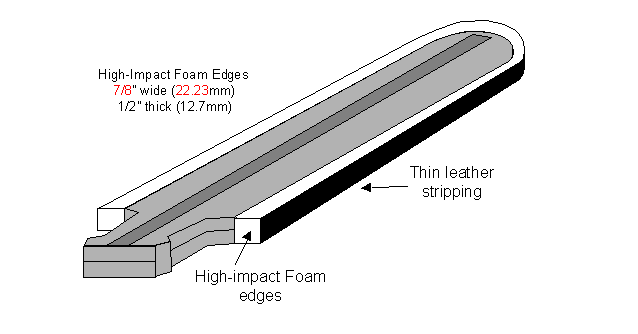
|
|
| Balance
is adjusted by the aluminum strips and the hilt is made of
close-cell foam shaped and wrapped with duct tape. As with
prior ARMA contact-weapon instructions, follow the directions
explicitly and use only solid oak hardwood (no pine, fir or
soft woods) and High-Impact closed-cell foam (L2000
flotation foam or Landau padding found at foam distributors
and upholstery or auto-interior shops --don’t ask
us where, just try searching).
|
Prior to adding the edges,
round off the tip of the wooden slats and file its sides smooth. Always add another
1" of additional ordinary soft foam-rubber on top of the thrusting tip (for a total
of 2" of composite foams). |
For the best handle,
first file down the wood to create a "tang" and pommel. This allows your grip
wrap and padded pommel to be more secure and easier to shape. |
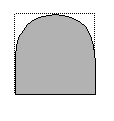
|
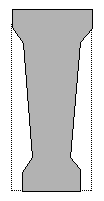
|
|
|
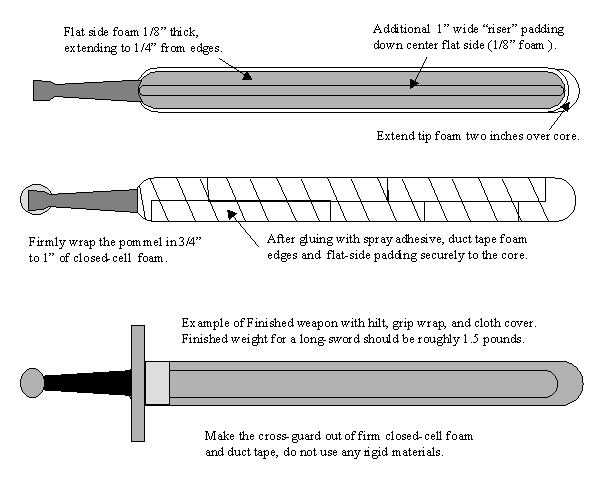
|
Measurements of width and
thickness of the edge and flat pieces are construed for maximum safety
at minimum size. They must be followed exactly for proper performance.
Any thinner and they are too unrealistic.
Important: Use only actual high-impact, closed cell foam (flotation-foam
and Landau padding/L2000) and not any other (e.g. pipe insulation,
sleeping pads, foam rubber, etc.).
For padding on the flat
sides of blades, if you cannot find the high-impact/floatation foam
in the ¼" thickness, there is a suitable alternative. Get some
black rubber pipe-foam such as Armstrong brand Armaflex black rubber
tubing. Please note this is RUBBERIZED foam and NOT the other kind
of camping-pad type of pipe-insulation foam. It comes in convenient
¼" thickness, is inexpensive, and once split and folded out is
perfect for use on sword flats -DO NOT USE IT FOR SWORD EDGES. It
is too rubbery and bouncy for that. One tip, to prevent their
tearing add a thick piece of flexible leather or plastic cloth across
the length of the cross-guard. For
Medieval blades capable of safe contact fighting as well as full-contact,
use the exact prescribed wood slat size to achieve correct weight/balance
and blade-play. Even minor changes will affect the simulation and
feel of the weapon.
|
Above is a life-size cross-section of the
blade of a new ARMA padded contact-sword to help give a clearer conception of the design.
A quarter is shown for scale. This particular portion was taken from about 6 inches away
from the point. The cloth cover has of course been removed from this blade. From the photo
the various parts are visible including the inner core of oak slats (and in this case one
of hickory) and the aluminum slat on one side. Note both the wood slats and the metal have
actually pulled away slightly from one another during the sawing of this sample. Also,
this metal slat is not as wide as those used in some later models. Note the thin leather
strips (in red) around the foam edges (in white). Thick plastic fabric can be substituted
for leather. The foam edges are actually a few millimeters wider than they appear here but
after being taped and then hours of abuse, they compact slightly. The thin side foam on
the flat of the blade is actually black here and not easy to detect from the surrounding
duct tape. Only two to three layers of duct tape were used and they were not wrapped
tightly. Note that on this particular spot on the blade, the leather was somewhat too
short and did not fully wrap around the left side edge foam as it should. The leather on
the right edge shows the correct full covering. Also, note that this sparring sword has
been through a lot of abuse so there is some distortion of the overall shape. |

